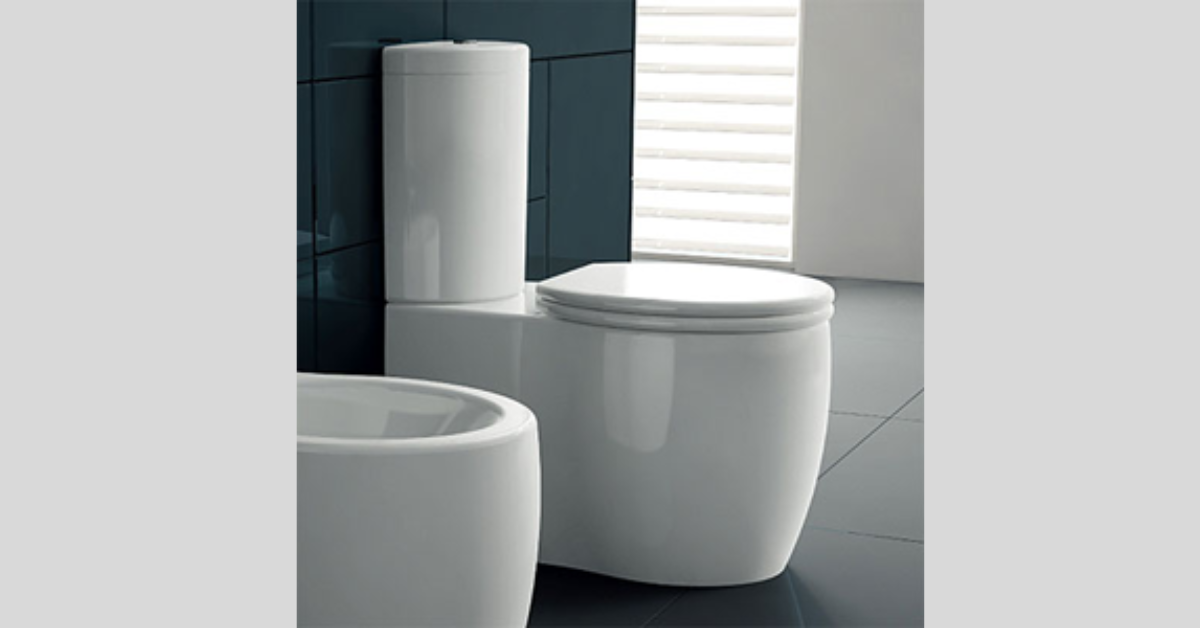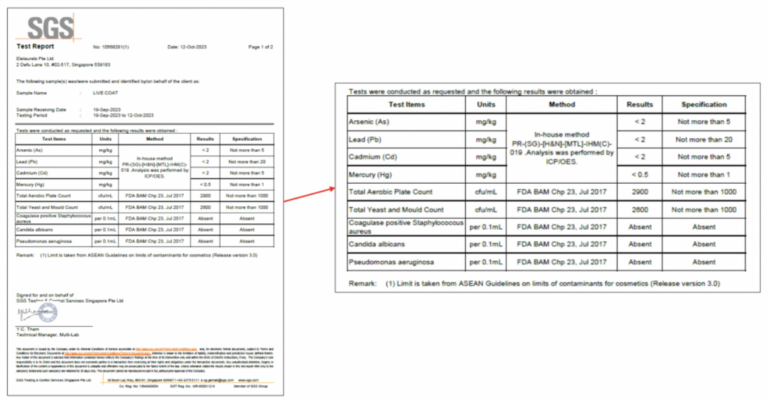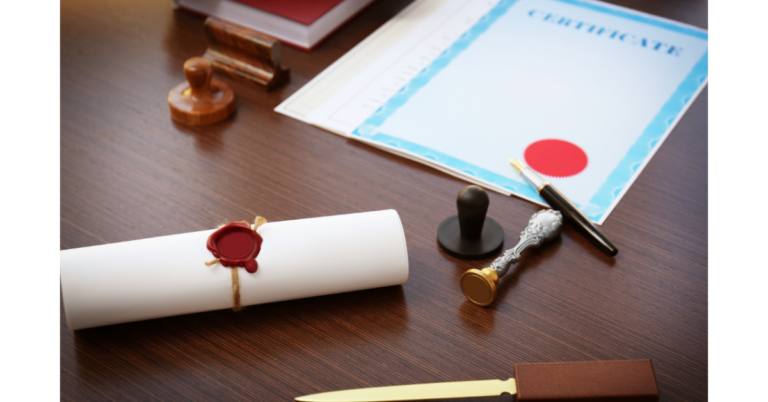Choosing the Right Toilet Bowl in Singapore: A Complete Buyer’s Guide
The toilet bowl is one of the most essential fixtures in any home — yet it’s often overlooked during renovations or upgrades. In Singapore, where space, water efficiency, and design matter more than ever, choosing the right Toilet Bowl can dramatically impact both comfort and functionality.
With a wide range of options available, from basic close-coupled units to sleek wall-hung designs, homeowners are now paying closer attention to style, flushing technology, and long-term durability. This comprehensive guide will walk you through everything you need to know before buying a toilet bowl in Singapore — from types and features to installation tips and maintenance advice.
Types of Toilet Bowls in Singapore
1. Close-Coupled Toilet
This is the most common type in Singapore homes. The cistern (tank) is directly attached to the back of the toilet bowl.
Pros:
-
Cost-effective
-
Easy to install
-
Widely available
Best for: HDBs, BTO flats, and condos
2. Wall-Hung Toilet
Mounted to the wall with a concealed cistern, offering a floating appearance.
Pros:
-
Modern and minimalist look
-
Easier floor cleaning
-
Space-saving
Cons:
-
Requires wall reinforcement
-
More complex installation
Best for: Renovated or upscale bathrooms
3. One-Piece Toilet
The cistern and bowl are integrated into a single unit, creating a seamless appearance.
Pros:
-
Sleek design
-
Easier to clean (no gaps between tank and bowl)
-
Fewer joints = less chance of leakage
Best for: Modern homes and designer bathrooms
4. Two-Piece Toilet
Tank and bowl are separate but joined during installation. Very common and cost-efficient.
Pros:
-
Easy to transport and install
-
Often more affordable than one-piece designs
Best for: Budget-conscious renovations or rental units
5. Smart Toilet Bowl
Equipped with features like bidet sprays, heated seats, deodorizers, and touchless flushing.
Pros:
-
Maximum comfort and hygiene
-
Advanced water-saving technology
Cons:
-
Higher price point
-
Needs electricity
Best for: Luxury bathrooms or tech-savvy homeowners
Key Features to Consider When Buying a Toilet Bowl in Singapore
1. Flushing System
Singapore’s water-saving policies make efficient flushing a top priority. Common flushing systems include:
-
Single Flush: One consistent water volume per flush
-
Dual Flush: Offers half and full flush options — ideal for conserving water
-
Siphon Jet: Powerful and quiet, uses gravity and suction
-
Pressure-Assisted: Uses pressurized air — great for commercial use
Tip: Look for WELS-rated toilet bowls (Water Efficiency Labelling Scheme) with 3-tick ratings for top efficiency.
2. Bowl Shape
-
Elongated Bowl: More comfortable for adults, often seen in modern homes
-
Round Bowl: Compact and better for smaller bathrooms
3. Toilet Height
-
Standard Height: Around 15 inches from floor to seat
-
Comfort Height: About 17–19 inches — easier on knees and better for elderly users
4. Material and Finish
-
Ceramic (Vitreous China): Most common, durable, and easy to clean
-
Anti-bacterial glaze: Minimizes germ buildup
-
Nano-coating: Makes the surface smoother and more resistant to stains
5. Trap Type
Singapore uses two main trap types, and choosing the correct one is critical for installation.
-
P-Trap: Outlet pipe goes through the wall
-
S-Trap: Outlet pipe goes through the floor
Tip: Check your existing toilet’s trap and distance (trap distance or rough-in) before purchase.
Top Considerations for Singapore Homes
1. Space Constraints
-
For smaller BTO or HDB bathrooms, compact models and round bowls are ideal.
-
Wall-hung or back-to-wall units help save precious inches.
2. Water Efficiency
Singapore’s NEA promotes water conservation, so most toilet bowls come with WELS ratings. Dual flush toilets are both environmentally friendly and wallet-friendly.
3. Aesthetic Compatibility
Modern interior design trends lean toward matte finishes, concealed cisterns, and slim-line seats. Choose a toilet bowl that matches your bathroom’s overall theme — whether it’s minimalist, industrial, or hotel-inspired.
Installation Tips
1. Hire a Licensed Plumber
Toilet bowl installation involves plumbing, sealing, and alignment — always engage a qualified plumber to avoid leaks or warranty issues.
2. Measure the Trap Distance
This is the distance from the wall to the center of the outlet pipe:
-
S-trap: Measure from floor to center
-
P-trap: Measure from wall to center
3. Don’t Forget Accessories
-
Toilet seat (soft-close is now standard)
-
Bidet spray or integrated bidet
-
Matching flush plates (for wall-hung systems)
Maintenance Tips for Your Toilet Bowl
-
Regular Cleaning: Use non-abrasive cleaners to avoid damaging the glaze.
-
Check Seals: Replace worn-out wax rings or silicone to prevent leaks.
-
Avoid Harsh Chemicals: Bleach and strong acids can corrode fittings over time.
-
Clean the Rim Jets: Use a brush to prevent mineral buildup that weakens the flush.
-
Use Soft-Close Seats Properly: Don’t force them shut — let the hinge mechanism work.
FAQs: Toilet Bowl Singapore
1. Which type of toilet bowl is best for HDB flats?
Close-coupled or two-piece toilet bowls are most common in HDBs due to their compact size, affordability, and ease of installation. Always check your trap configuration first.
2. Can I install a wall-hung toilet in my flat?
Yes, but it may require structural support and a concealed cistern. It’s ideal to plan for it during a major renovation.
3. What is the average cost of a toilet bowl in Singapore?
-
Basic models: $150–$300
-
Mid-range (dual flush, anti-bacterial coating): $350–$600
-
Smart toilets or designer models: $800 and above
4. How do I know if I need an S-trap or P-trap toilet bowl?
Check your existing toilet’s outlet: if it connects to the floor, it’s an S-trap. If it connects to the wall, it’s a P-trap. Match your new toilet to the same configuration.
5. Are one-piece toilet bowls better than two-piece?
One-piece toilets offer a more seamless look and are easier to clean, but two-piece toilets are often cheaper and easier to move or install in tight spaces.
6. Is a smart toilet worth the investment?
If comfort, hygiene, and features like heated seats or bidet sprays matter to you, a smart toilet can be a game-changer — especially in master bathrooms or upscale renovations.
7. How long does a toilet bowl last?
A well-maintained toilet bowl can last 10–15 years or more. Ceramic doesn’t degrade easily, but internal components (like flush valves or washers) may need occasional replacement.
Final Thoughts
Choosing the right toilet bowl in Singapore isn’t just about looks — it’s about comfort, efficiency, and getting the right fit for your home. Whether you’re outfitting a compact HDB bathroom or renovating a luxurious ensuite, there’s a model to suit every space and budget.
From water-saving dual flush systems to sleek wall-hung designs and even high-tech smart toilets, the market today offers incredible variety. Just remember to prioritize the essentials: trap compatibility, size, water efficiency, and quality materials.
A great toilet bowl is more than a fixture — it’s a part of your daily routine. Choose wisely, and you’ll enjoy years of reliable comfort and performance.







